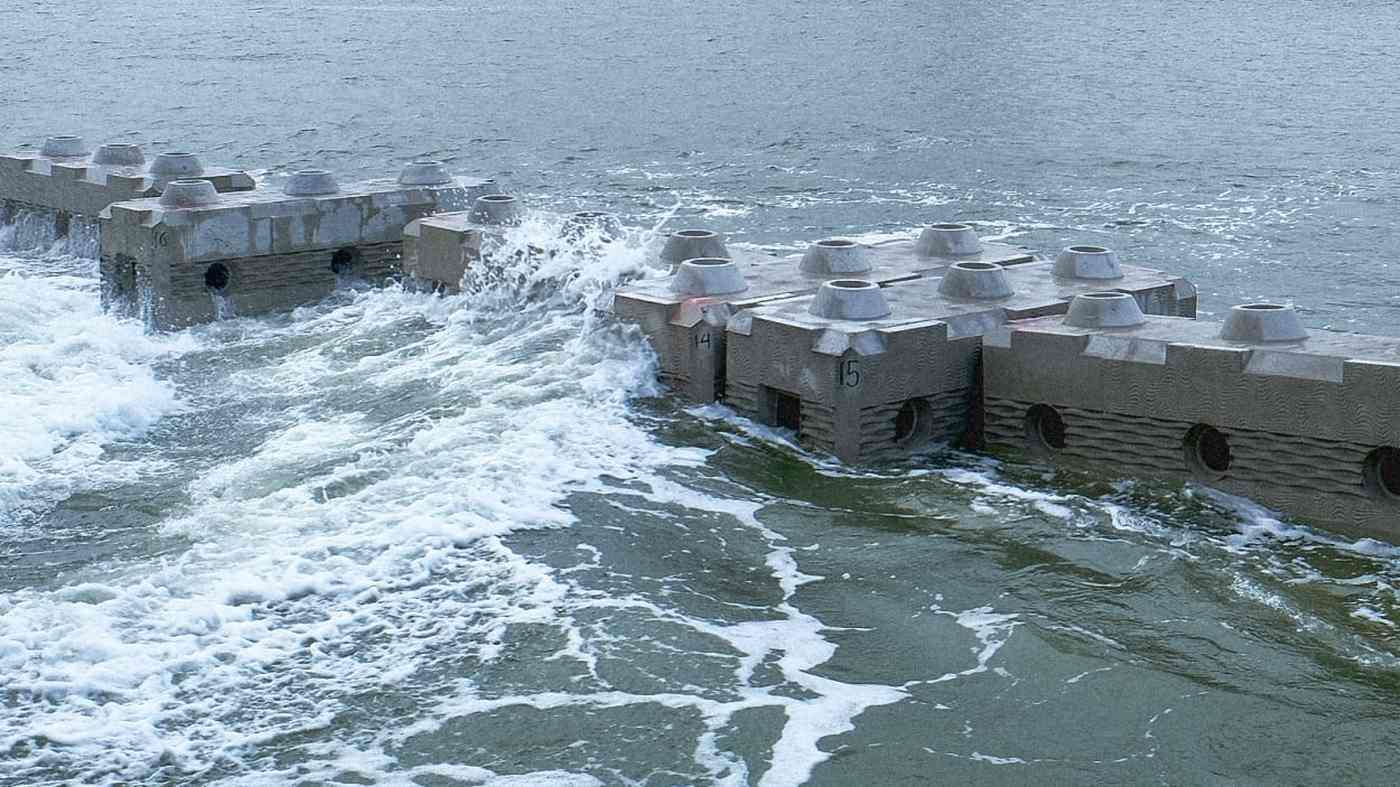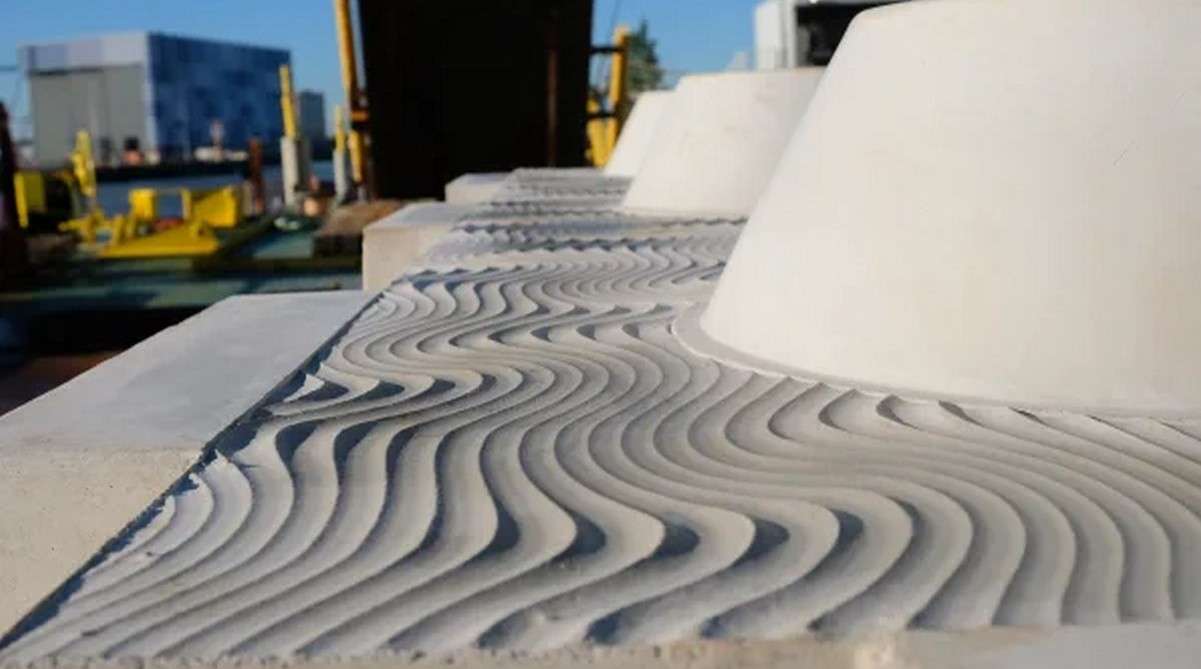'Nest Man' of India Has Built 250,000 Homes for Sparrows-And Trains Students to Build More (LOOK)
His efforts have resulted in nearly half-a-million nests being made entirely of recycled or biodegradable natural materials.

Those aren't giant Lego bricks out there in the grey waters off the port of Rotterdam, they are part of a new seawall that doubles as a home for marine life.
A kind of artificial oyster reef to help safeguard populations of mussels, fish, crustaceans, and other animals, the bricks are claimed to be the first artificial solution that truly enhances biodiversity, is long-lasting enough to prevent offshore erosion of the seabed from waves, and strong enough to disrupt incoming storms.
In nature, as well as being the beautiful wonderlands that they are, coral reefs can absorb 97% of the energy of a storm surge, preventing both the seafloor from erosion and the terrestrial ecosystem above. Every year, on Malaysia's Perhentian Islands, rainy season storms are prevented from damaging the islands' forests and structure by their rich coral reefs.
Battered by the waves, the reefs nearest to the shore break apart and die before being slowly ground up into the soft white sand typical of tropical beaches. The corals regrow, and the cycle continues.
Artificial reefs are not as flexible or beneficial for the environment. They tend to be made as cheaply as possible, either with waste products like old cars, or solid concrete that doesn't make room for nature.
Wavebreaks and seawalls are much the same. The cement blocks repel the force of a wave but don't disperse it. Instead, the rebounding wave mixes with the force of the subsequent wave to become even stronger.
The Dutch startup Reefy‘s Lego-like blocks tackle two of these limitations by making holes in the blocks, allowing the wave to expend its energy going through the block rather than bouncing off of it. The holes also allow animals to pass through or make their home inside.
The outside of the low-carbon concrete is textured to encourage the growth of mussels and oysters, while a "Reefy Paint" of calcium carbonate is being developed as a kind of supplement for the bivalves.

"The idea of having these blocks is to provide the foundation for nature to take over—to have a living layer that can grow with sea level rise and self-heal in order to attract these key species, which are, in a way, the architects of the underwater world," Reefy CEO Jaime Ascencio told Fast Company.
Just like Legos, the bricks can be interconnected into any kind of shape—the one spanning the mouth of the river at Rotterdam Port is made of 17 bricks, and is 80 feet long and 10 feet high. The company's proprietary technology analyzes the force and angle of the waves to determine the optimal pattern for reducing wave energy.
There are other parts of the world getting serious about reef replacement for climate-proof coastal infrastructure.
Last year, WS reported on an Israeli team of scientists that created a method for 3D printing artificial ceramic reefs based on the dimensions of photographs of real reefs.
SHARE This Smart And Playful Climate-Proofing With Your Friends…
Be the first to comment